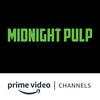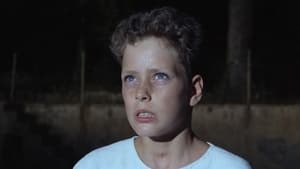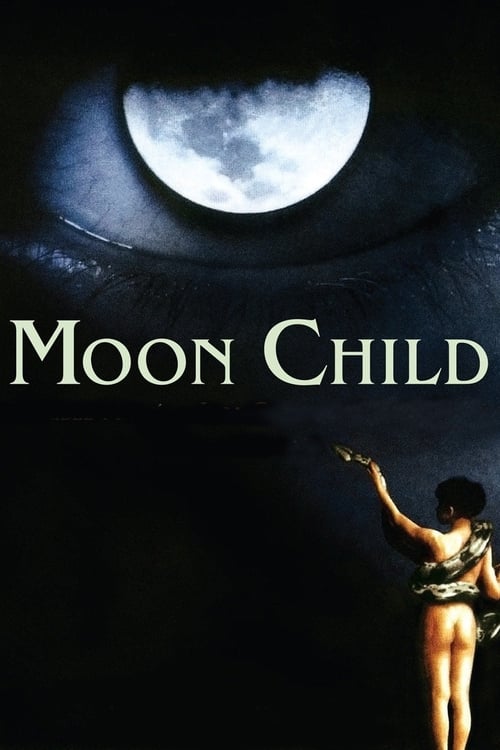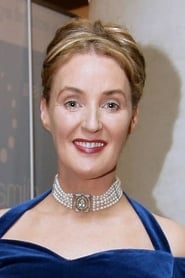Cast
View AllMaribel Martín
as Victoria
Lisa Gerrard
as Georgina
Lucia Bosè
as Directora
Mary Carrillo
as Anciana carbonera
Günter Meisner
as Abuelo militar
Enrique Saldana
as David
David Sust
as Edgar
Heidi Ben Amar
as Mid-e-mid
Lydia Azzopardi
as Abuela mora
Jack Birkett
as Invalid
Lluís Homar
as Hombre 1.º cabaña
Albert Dueso
as Hombre 2.º cabaña
Joaquim Cardona
as Director Orfanato
Lydia Zimmermann
as Cuidadora Centro
Ramon Colomina
as Hombre Telekinesis
Crew
Director
- Agustí Villaronga
Writer
- Agustí Villaronga
Producer
- Paco Villar
- Adolfo Cora
- Jaime Fernández-Cid
- Julián Mateos
- Selma Baccar
Reviews
CRCulver
The protagonist of Augustin Villaronga's 1989 film <i>El niño de la luna</i> (Moonchild) is David (Enrique Saldana), a little orphan with, we're told, mysterious powers usually manifested as telekinesis. One day, David is adopted from the orphange by the stern Ms. Victoria (Maribel Martin), only to find that his new home is a research facility where children like him are studied in an attempt to create some kind of supermen. Hearing that the uncivilized blacks of Africa have a prophecy about a white "child of the moon", the little misfit escapes, taking with him two other research specimens, Edgar (David Sust) and Georgina (Lisa Gerrard, best known as one half of Dead Can Dance).
This film has been unavailable for many years and is mainly forgotten. I imagine that most people searching for it are fans of Dead Can Dance wanting to see Lisa Gerrard's only acting credit and hear DCD's film score. Both are disappointments. Gerrard has no especial acting talent and she only succeeds in serving the story here because her character is written as borderline-retarded. Her dialogue is dubbed into Spanish too. For the most part, the soundtrack is generic synthesizer tones, and only at a brief few seconds do we hear material similar to that of their album of the same year THE SERPENT'S EGG.
The first half of <i>El niño de la luna</i> is basically shots of David in anguish alternating with foreboding images of the moon. The encounter of David with the black tribe is about as fair a depiction of Sub-Saharan Africa as <i>Tintin in the Congo</i>. This is a bad film, and one that provokes bafflement. We find a godawful script tied to lavish production values (especially set design and costumes). Who put up the money for this? And once it was inexplicably committed to film, who picked this as Spain's official entry for the Cannes Film Festival of that year? These are questions.
Sep 2, 2018
Thematic Analysis
As a dramatic work, Moon Child examines complex human relationships and emotional struggles against the backdrop of a period setting that reflects societal issues of its time. The character development particularly stands out, offering viewers a chance to reflect on their own life journeys.
Director Agustí Villaronga brings their distinctive visual style to this film, continuing their exploration of themes seen in their previous works while adding new elements. Their approach to character development and emotional depth creates a viewing experience that rewards close attention.
Released in 1989, the film exists within a cultural context that now offers viewers historical perspective on the social issues of that era. Its reception demonstrates the diverse reactions to its artistic choices and its place in cinema history.
Did You Know?
- The production of Moon Child took approximately 35 months from pre-production to final cut.
- The final cut of the film runs for 118 minutes, though the director's initial assembly was reportedly 175 minutes long.
- The musical score contains over 78 unique compositions.
- Some visual effects sequences took up to 9 months to complete.
- The cast underwent specialized training for 4 weeks before filming began.
Historical Context
- In 1989, when this film was released:
- Economic policies were shifting toward deregulation in many Western countries.
- Personal computers were beginning to transform homes and workplaces.
- Independent cinema was growing in influence, challenging the dominance of major studios.
How This Film Stands Out
While Moon Child shares thematic elements with other films in its genre, it distinguishes itself through its unique approach to storytelling, visual style, and character development.
Unlike The Wrath of Vajra, which takes a more conventional approach to its subject matter, Moon Child subverts genre expectations by exploring its themes with greater nuance.
While films like One Mile and Momentum explore similar territory, Moon Child stands apart through its deeper exploration of its central themes and more complex characterization.
This film's unique contribution to cinema lies in its thoughtful balance of entertainment value and thematic depth, making it a valuable addition to its genre.
Details
- Release Date: May 5, 1989
- Runtime: 1h 58m
Where to Watch


















